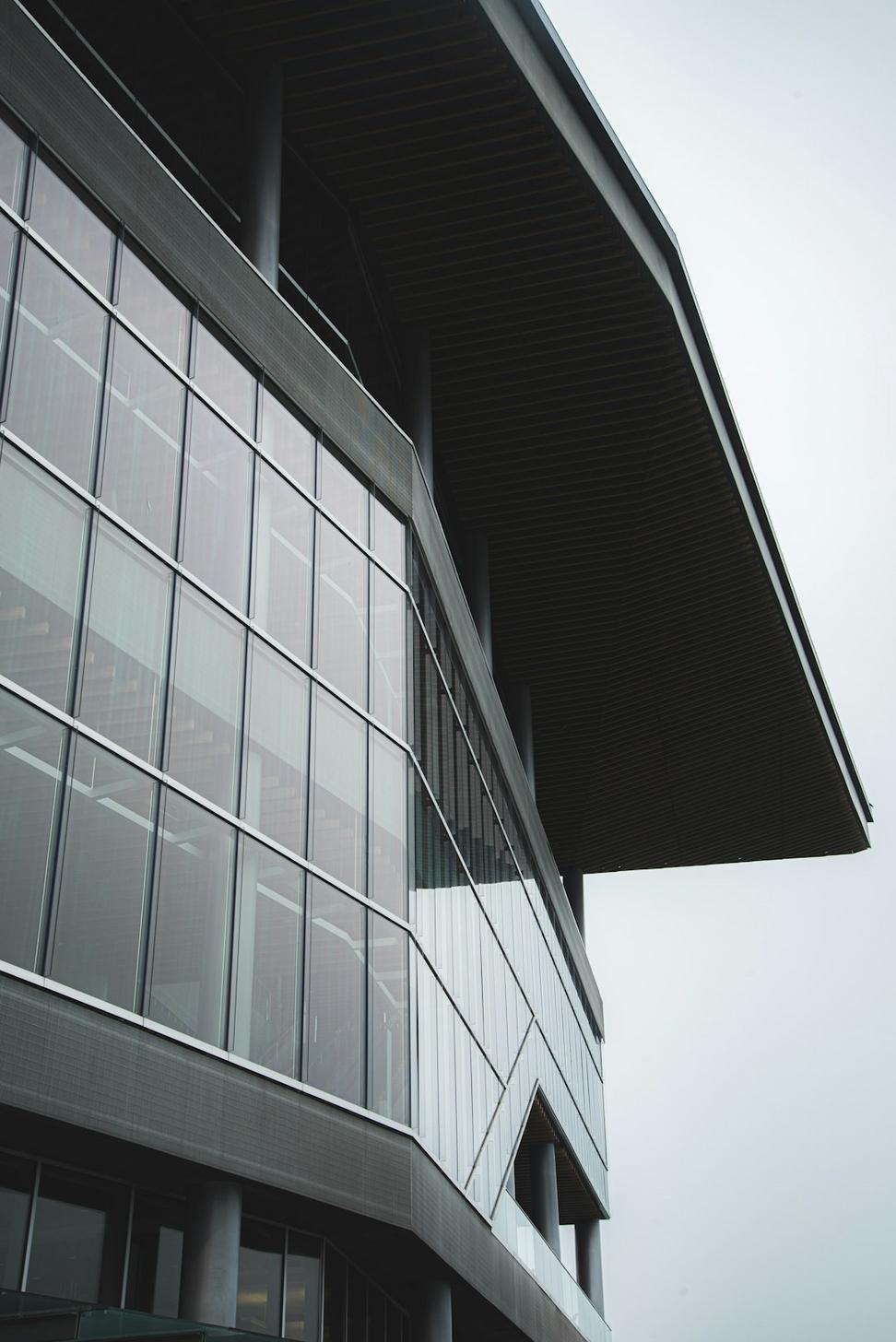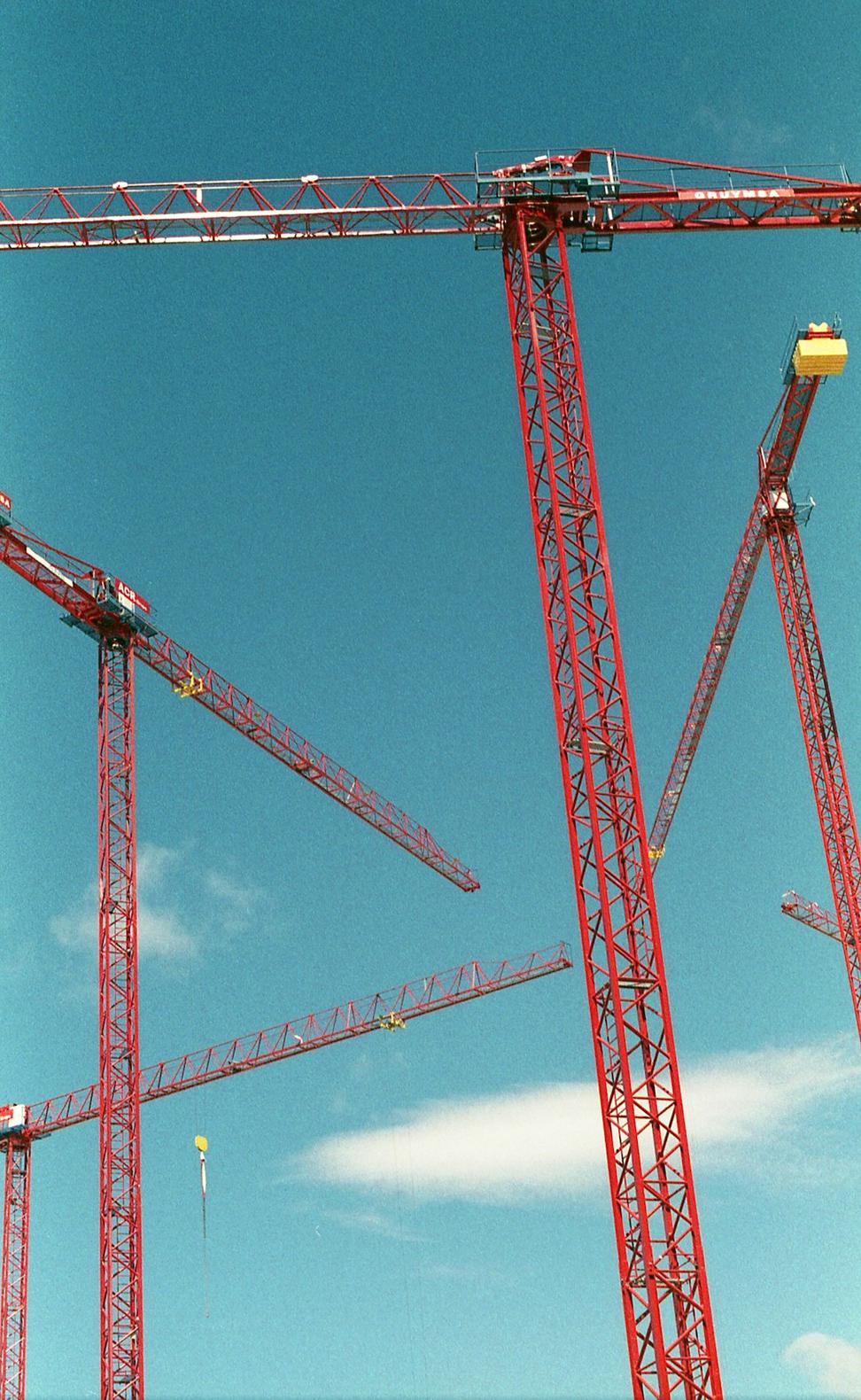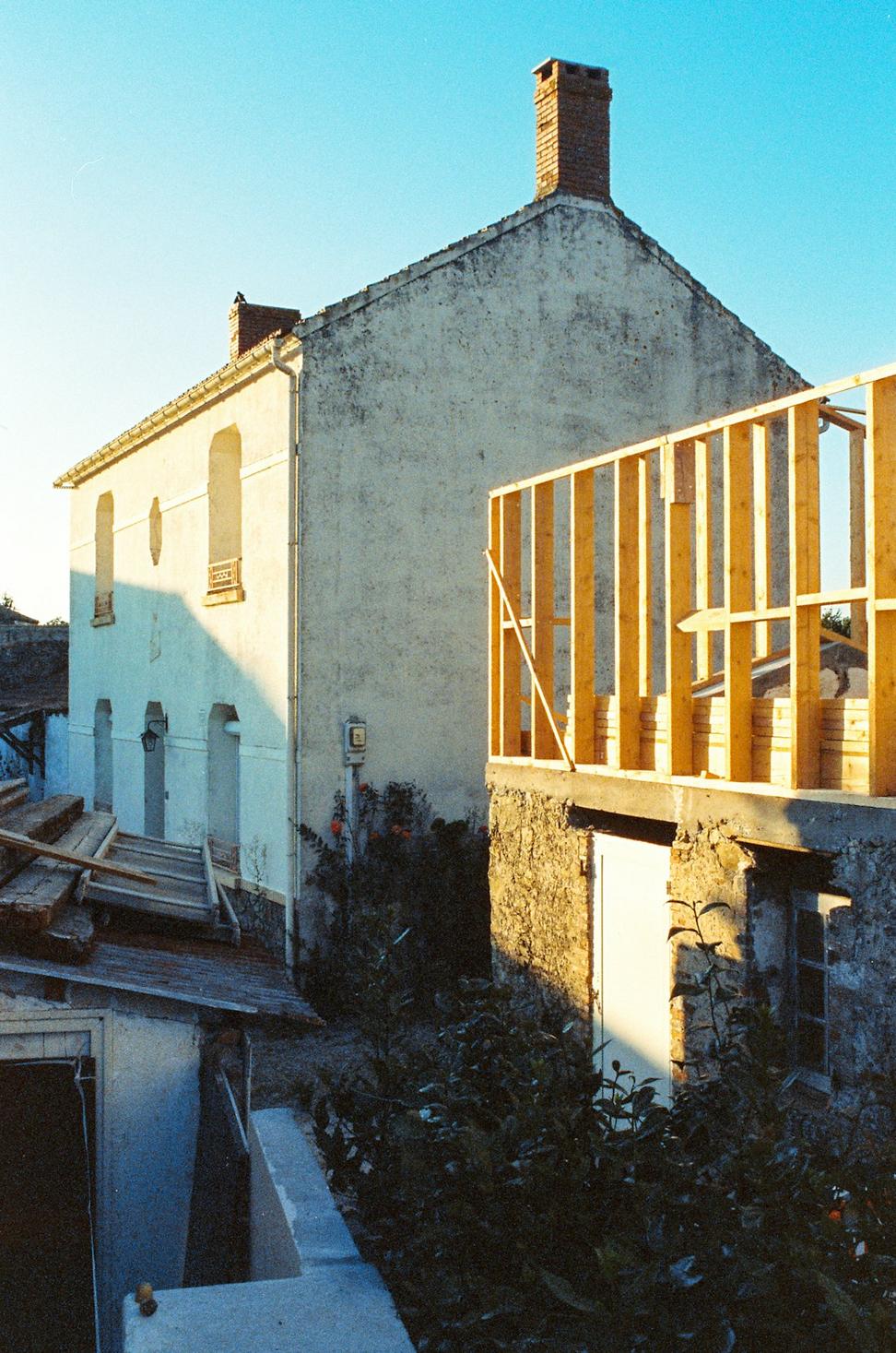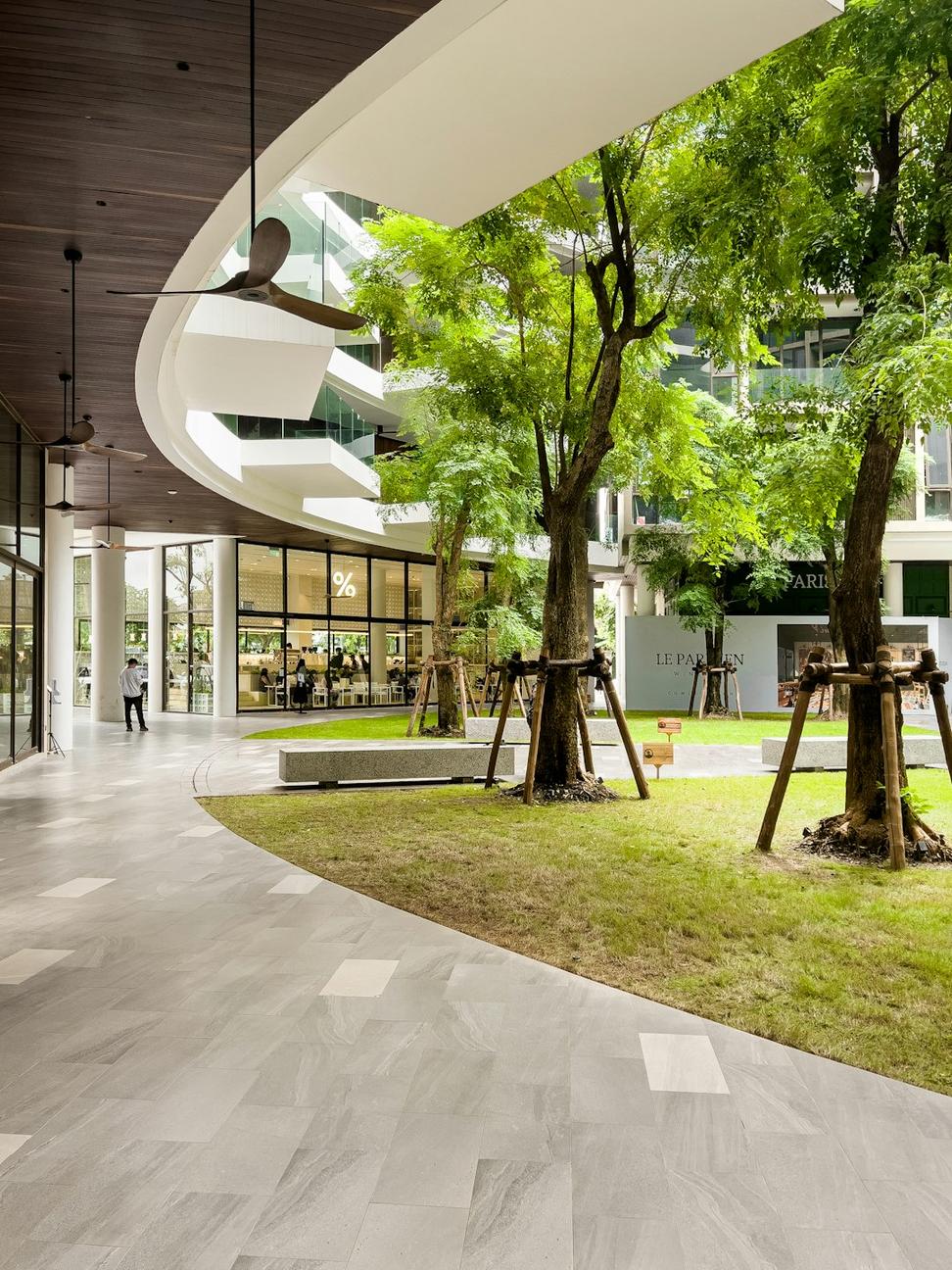
Why We're Kinda Obsessed With This
Started back in 2009 when green building was still pretty niche in Toronto. We've watched the industry evolve, regulations tighten, and honestly? The tech's gotten way better. What used to cost an arm and a leg is now just... smart building practice.
We've done 40+ certified projects at this point - LEED, Passive House, you name it. But here's the thing: certifications are cool and all, but what really matters is whether the building actually performs. That's where we spend most of our time.
Energy modeling, material lifecycle analysis, indoor air quality monitoring - yeah, it sounds technical, but it's basically just making sure your building does what we promised it would do.


